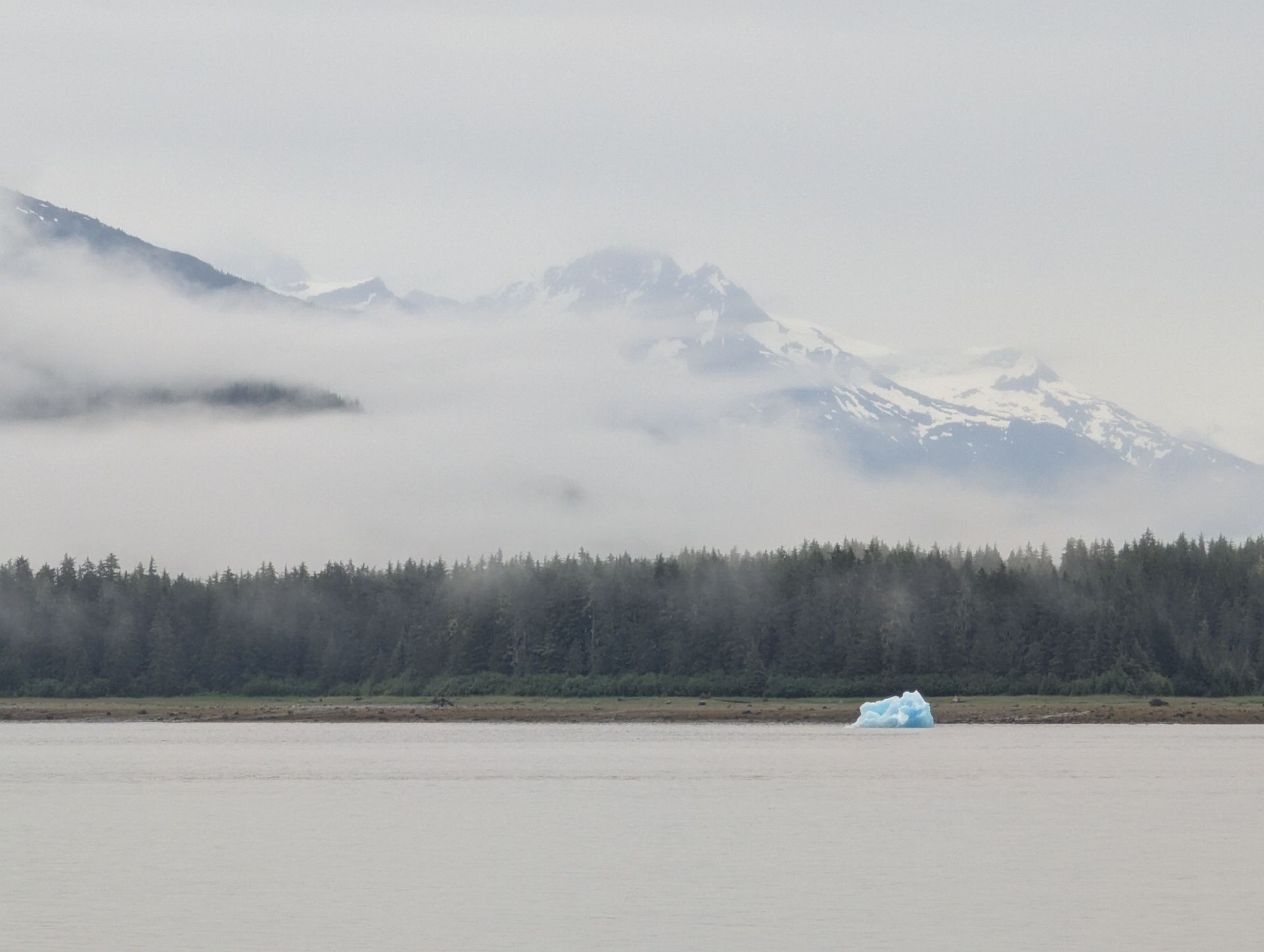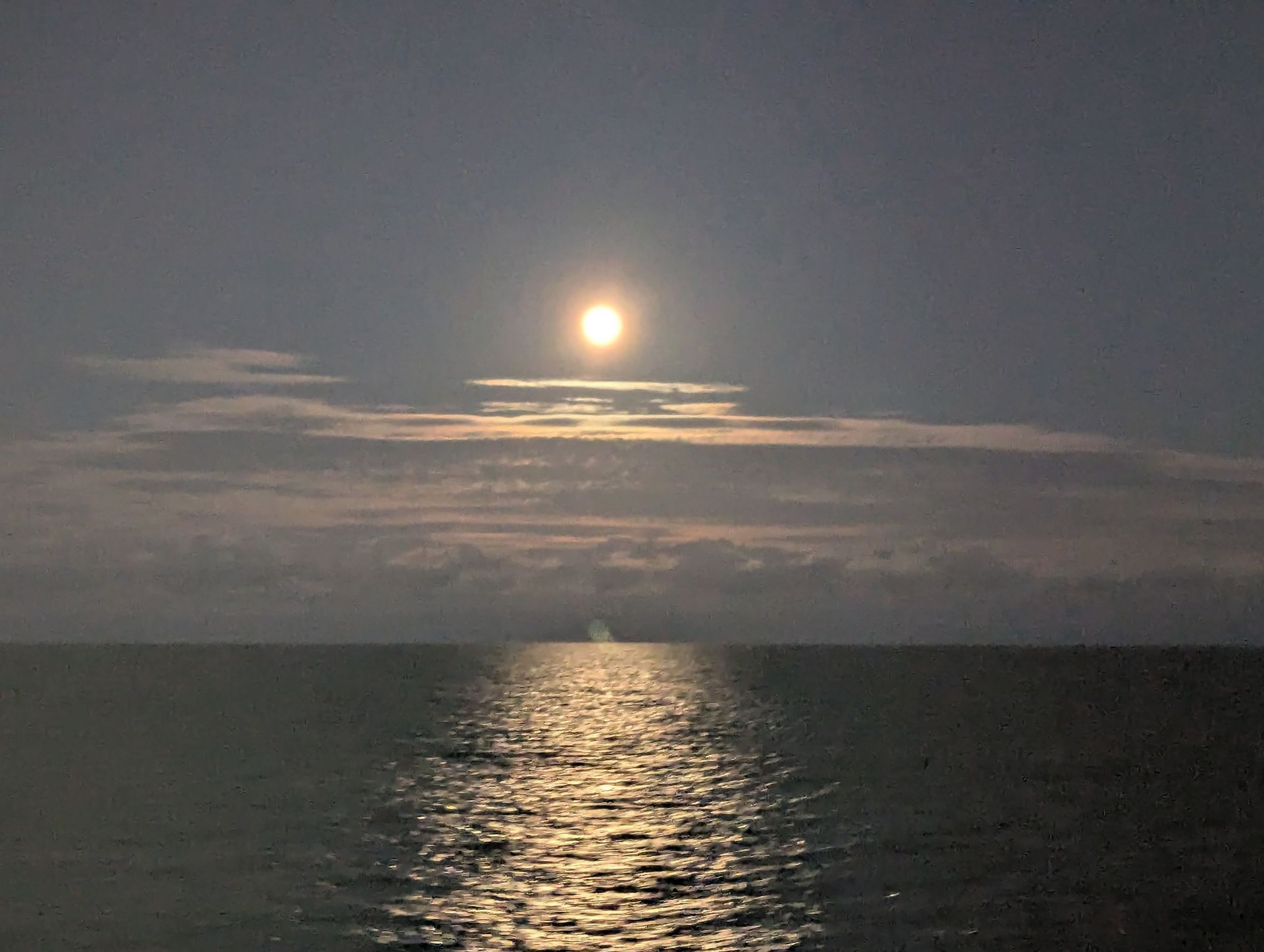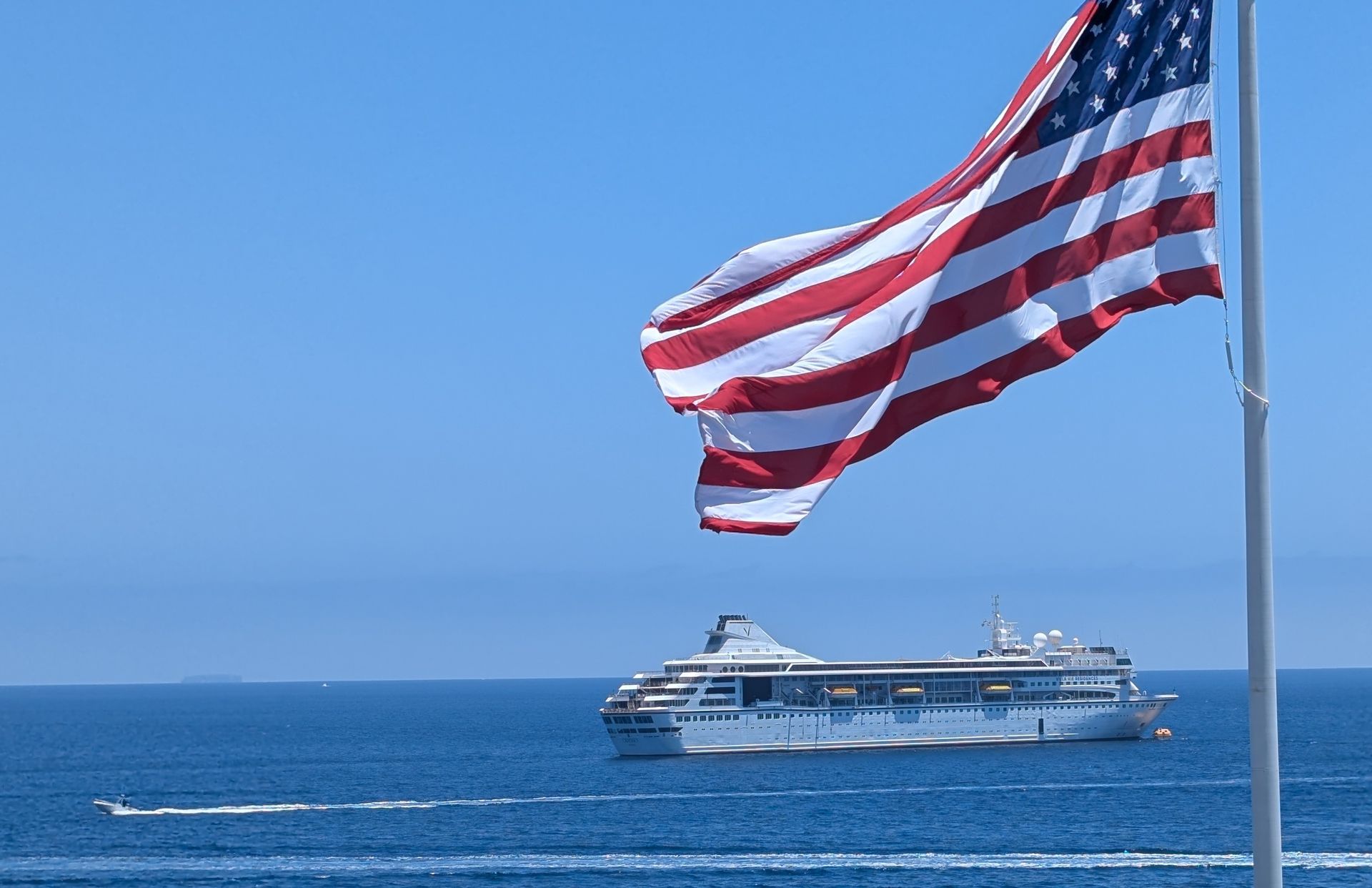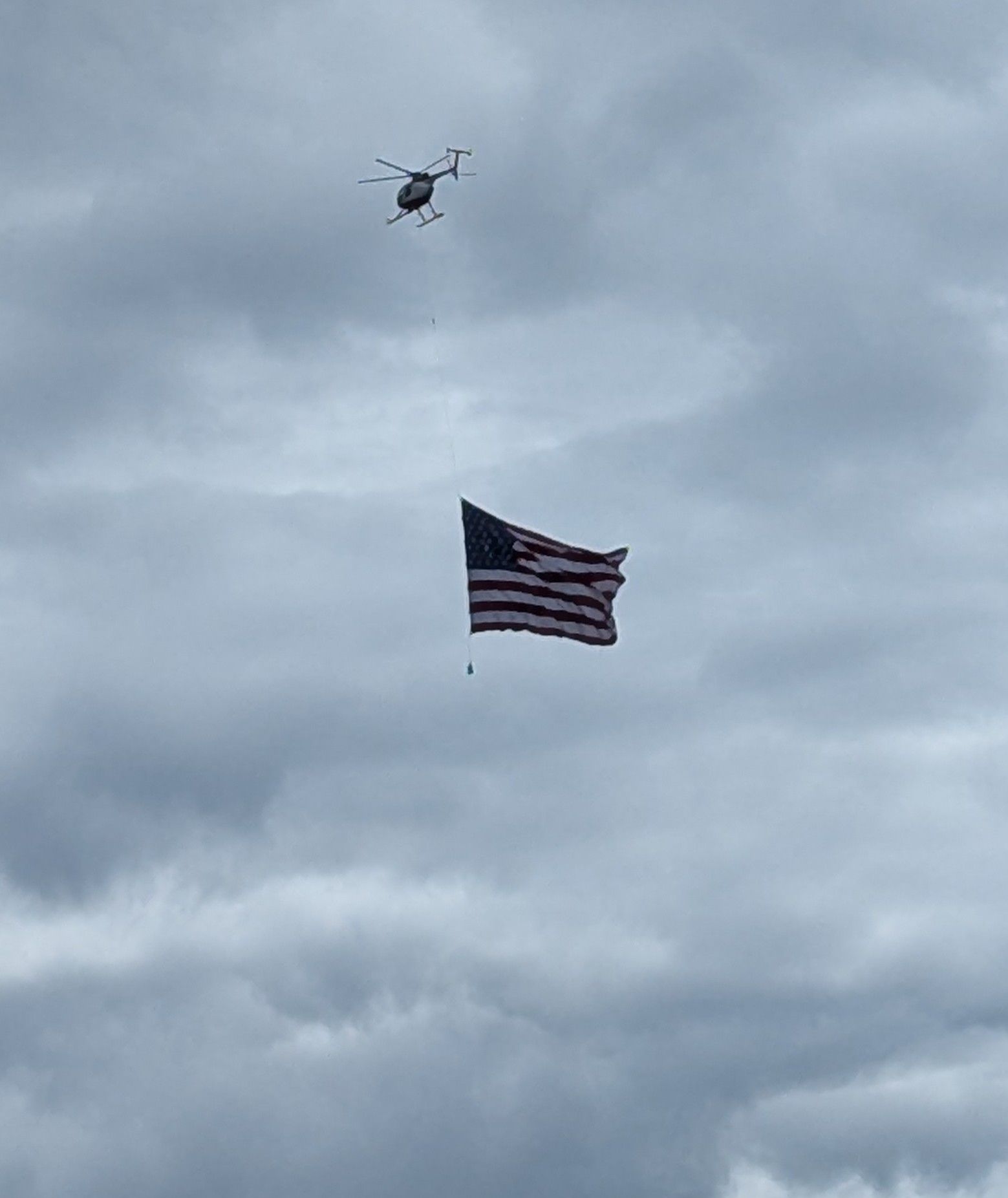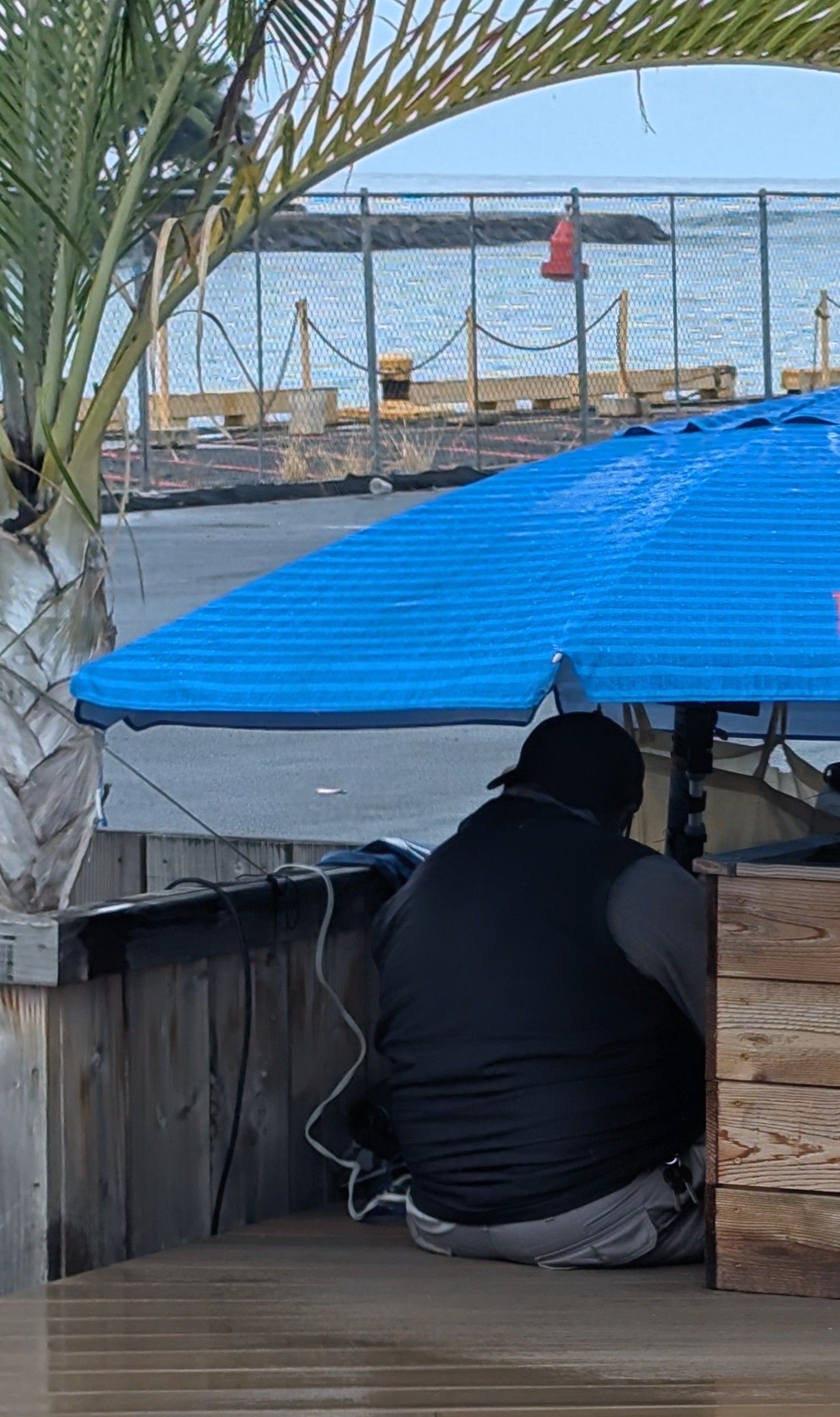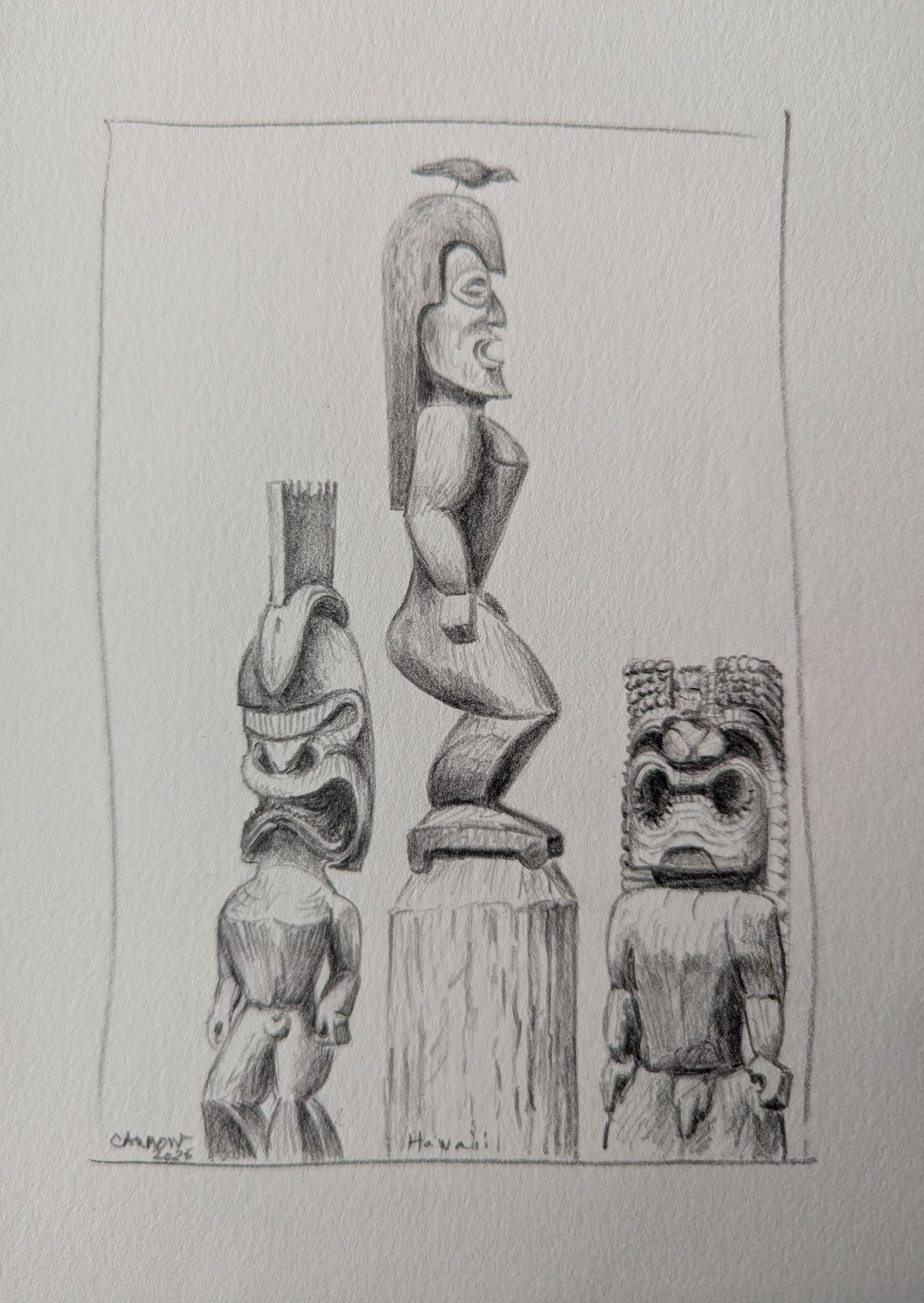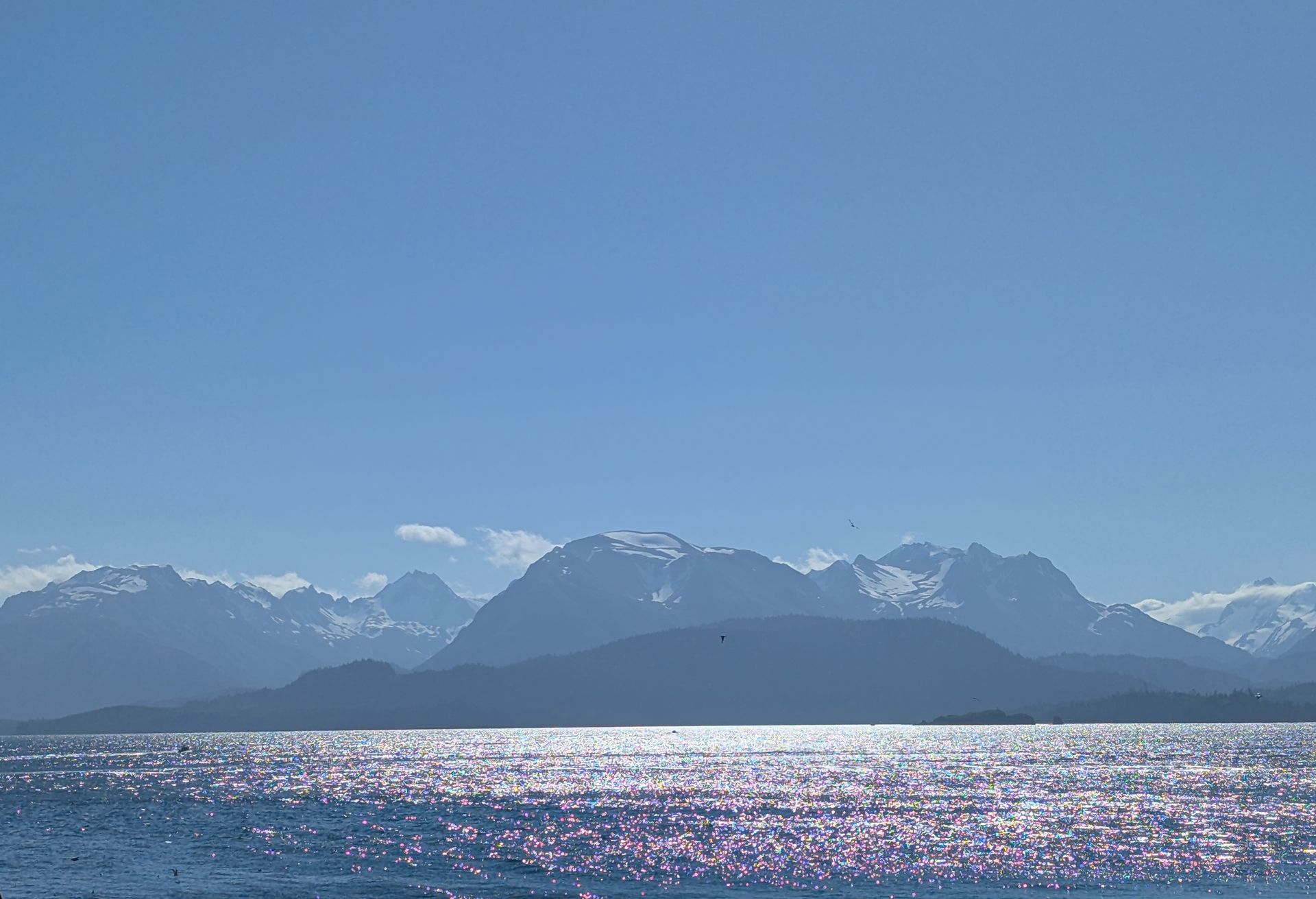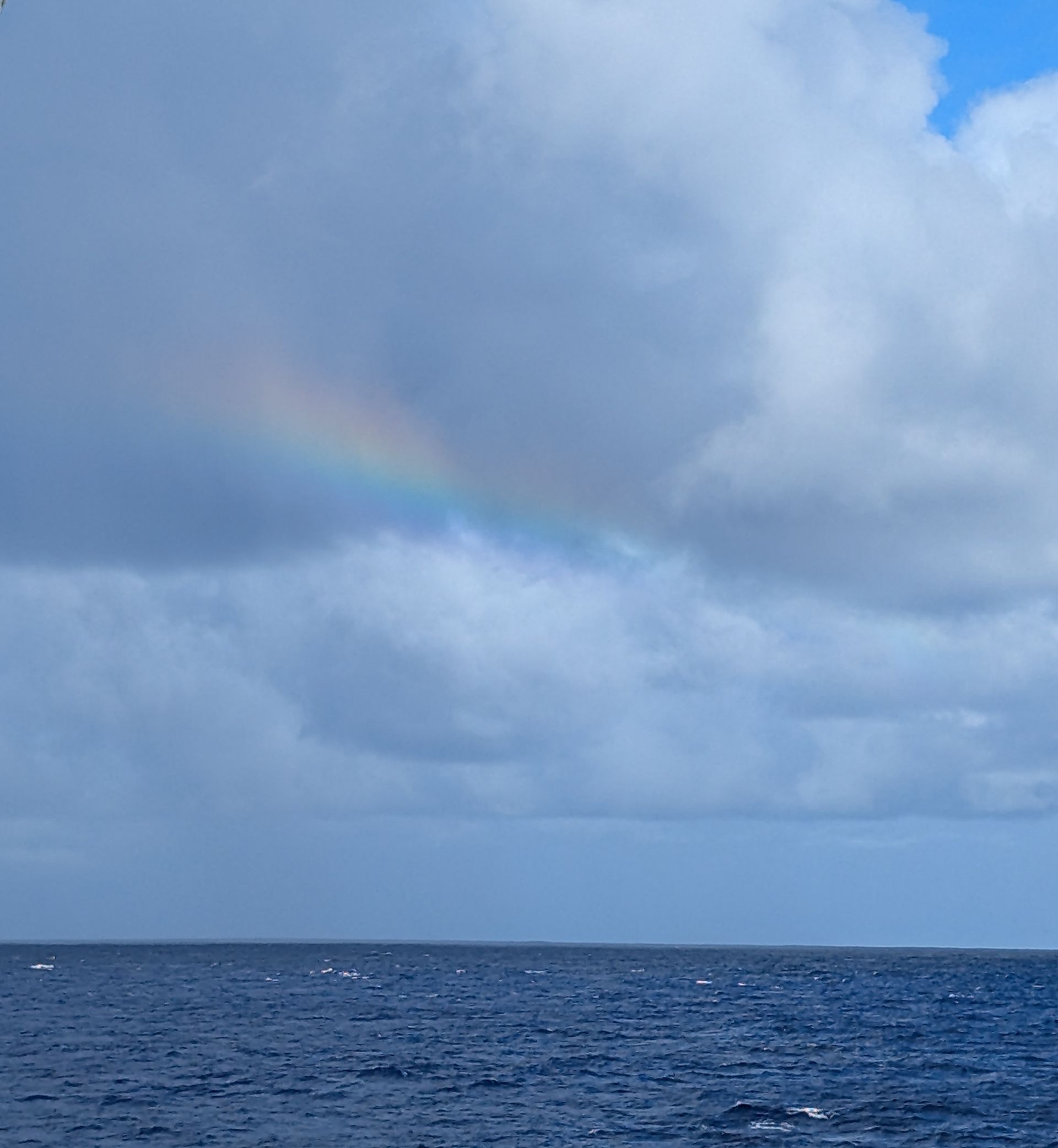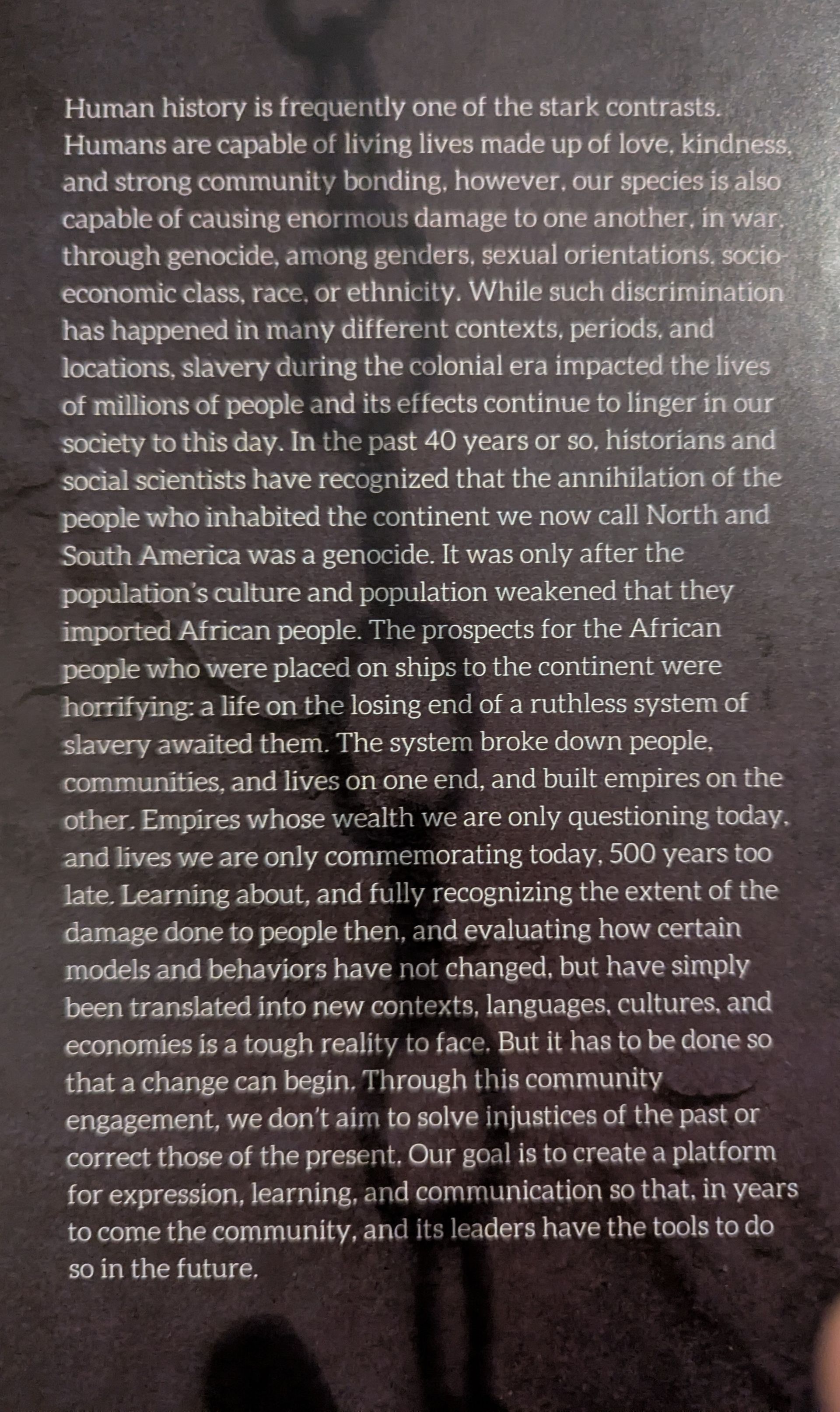Chapter 11: Japan Part 1
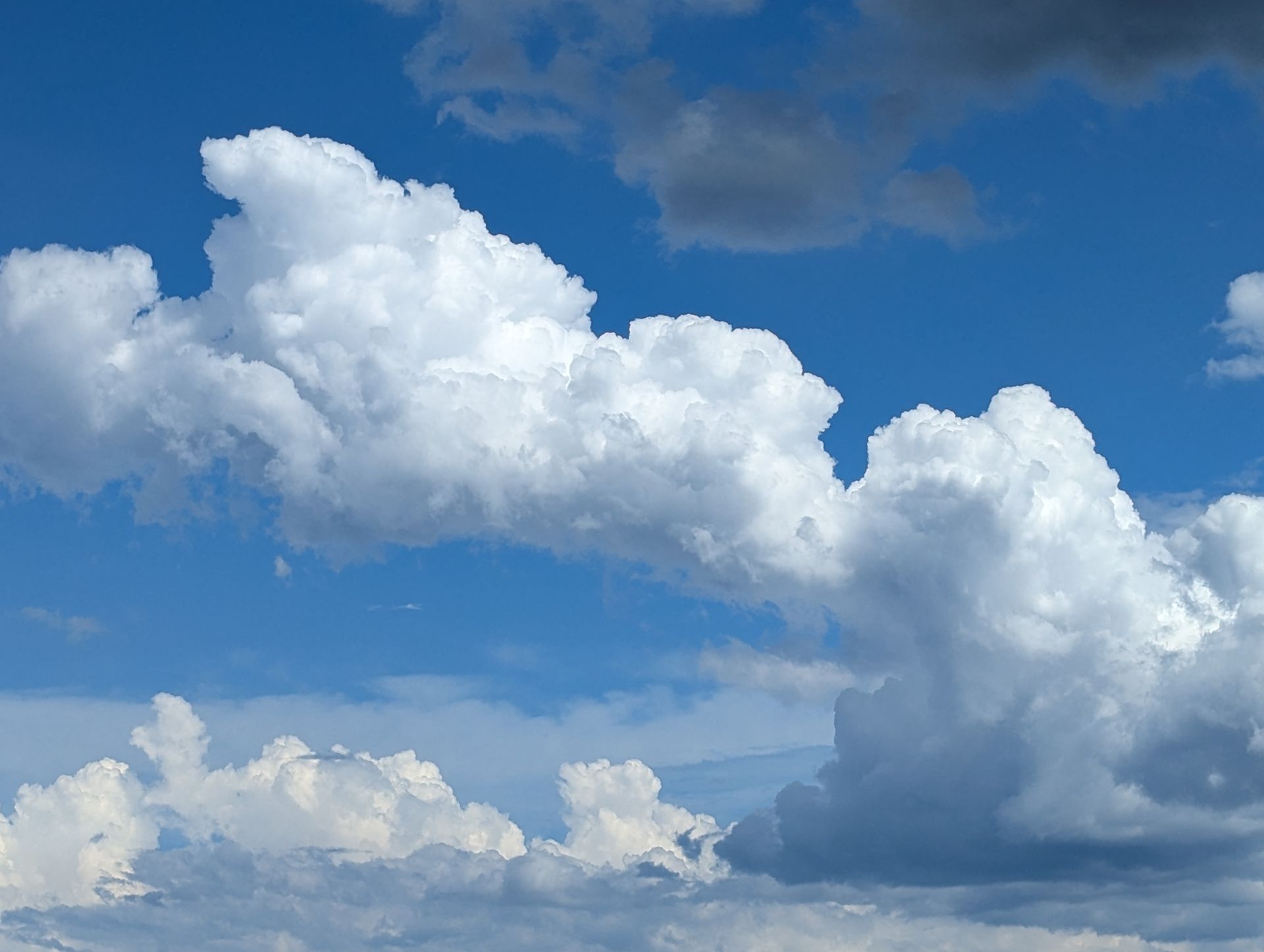
We dock at Hakodate, Japan on the 80th anniversary of the bombing of Hiroshima and Nagasaki. That stands as a singular horror among the many horrors humans commit on each other and Nature and continue to commit to this day. There is no apology possible and unfortunately nothing may have been learned. We still threaten each other with nuclear weapons. No treaty has stopped the building of nuclear bombs. I wonder how the Japanese people keep the memory of this tragedy so that living can continue with some normalcy. Maybe it can be equated to a typhoon or earthquake, like a natural disaster having no morality or intention. It has influenced their imaginations ever since though, revealed in movies like Godzilla and in their Manga. Threatening creatures, imagined power that cannot be controlled or resisted. People can be like a natural disaster to each other.
People can also be wonderful. We saw this as we left the city. A small group of dancers appeared on the dock to say goodbye. The dancing they did was so charming and touching. It was a traditional dance, maybe 15 dancers. About 8 people played instruments to accompany them, flutes, drums and other unique percussion. Watching from the top deck of the ship the dancers appear like exotical dolls. Three warriors pantomime their strength, emphasized with elegant gestures of their fans and their golden, brightly tasselled headdresses that bow and flash in opposition. Then the little children emerge, five of them. Their elders position them precisely and they wait for the music to begin. Their tiny movements are sweetly in time as they step then extend their fans to tap the air with it lightly, creating a feeling of certainty and control. Moving to one side with a gliding motion they unfurl their fan, flourish and close it, then glide to the other side and do the same. The dance continues with variations of these movements and some new ones punctuate occasionally. So intent and serious, each tiny performer dressed in elaborate traditional clothing, a magical, miniature display. The dance becomes hypnotic as it continues to the simple rhythms of the drums and flutes repeating and repeating an ancient significance remembered by a few. After they finish, our ship pulls away with several blasts from the horn. The tiny dancers wave goodbye, with their hands crossing again and again in front of their faces, for so long it seems as if they might continue until we are out of sight. Finally we are too far away to hear the children cry out. This experience was fleeting and very moving. A dancing gesture of dignity and friendship. People are not their military, they are not their government. They have to participate in their society but they are first of all human. They want to create understanding beyond language and country.

We are on our way to Yokohama and a storm is predicted ahead of us. We have been advised to secure heavy objects that are in our cabins and the upper decks are closed. 40 knot winds and 12 foot seas are anticipated. Some passengers are already sea sick and remain in their cabins.
We have arrived in Yokohama. The storm has passed. We have a plan to visit a thrift store. We have found in the past that is where the real people are. They are not on guard or trying to sell you something. We are all just looking for a deal. We took a taxi. Another couple joined us. This turned out to be a disaster and an unintentional taxi tour of Yokohama. Our driver had no English and no sympathy for our mistake. The distance to the destination was unclear on the Internet. So we had to turn around once we realized that we had traveled more than 5 miles already and the total on his meter was more than 50 dollars. This turned out to be difficult because we were on a beltway with no easy exit. It is the same everywhere, money first. It was not his fault that we misunderstood.
Our further adventures into the city were better. We stayed on foot and just wandered about. This turned out to be the best thing to do in a city of 3.7 million people. If I ever return I will come with some idea of the language. It is more essential here than in other places we have visited so far. The language barrier is still isolating Japan, as they were doing deliberately until the late 1800’s. Few people speak English. The result is that Japanese people pick what they want from other cultures, technology, entertainment, art/music and quietly transform it. They do not allow the creations of other countries to be forced on them. What they do allow is Japanified. They either make it better, more beautiful according to their own esthetic or entertaining in their unique way. Take the arrival of 7/11. Inside there is a recognizable environment but more organized with soft happy colors. Then you hear the main difference. The music is classical. Instrumentals by Bach, Mozart and other masters, that have a lilting, softly pop song quality added to the tune, playing soothingly over the speakers. Quiet and calm are much desired. Even in the malls packed with people you can easily talk with a companion and be heard, no shouting, no loud voices. And no eating while you walk. This is frowned upon because of the litter it creates. Litter outside is rare and picked up immediately. There is even a special tent in which to smoke. Where we witnessed a charming sight. A man arrives outside the tent with a baby carriage filled with his pet chickens. They are of every breed and color arranged like a bouquet in the buggy, with a turkey as an accent, who gobbles contentedly as people walk by.
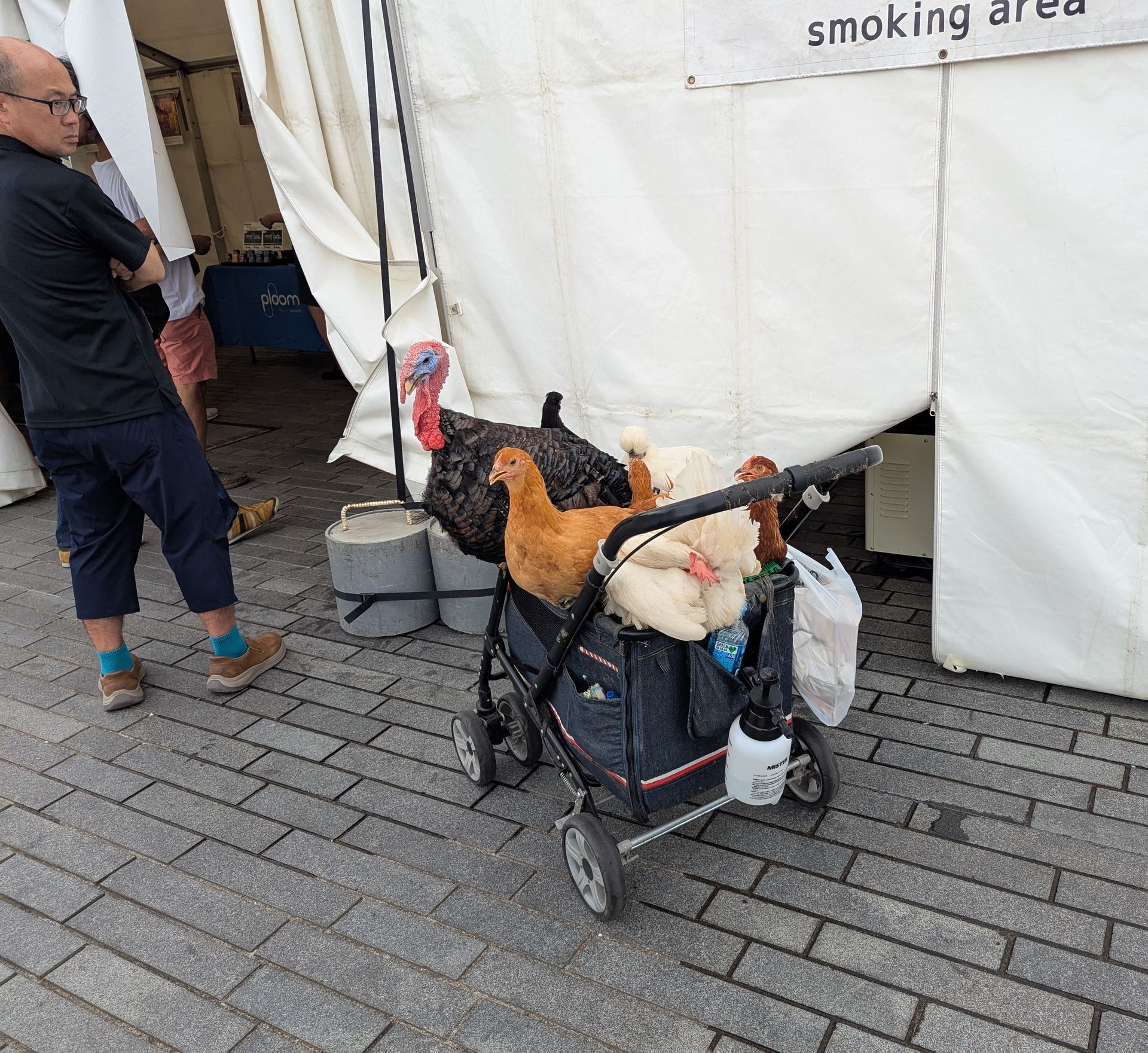
People saunter about any time and any day. So many people are strolling everywhere. Even in the heat. They generally use umbrellas to shield themselves from the sun. Tanning is not done here. Their beautiful skins are protected and the result is amazing. It has been around 90 degrees since we got here. Families with children roam about, many times with the husband wearing the infant on his chest. There is an amusement park just for children in the city, in the middle of everything. Provision is made everywhere for children to play while their parents shop or eat. But not for the handicapped. There are ramps but they do not seem to be for wheel chairs or handicapped scooters, because we have seen none. They are probably for baby buggies. We saw very few old people. No homeless people. Though our friends who went to Tokyo said they saw homeless people there. This is consistent with the Japanese aesthetic, everything beautiful, nothing ugly. Even the anime goddess, Michibiki, who looks down protectively from a brightly lit alcove at the top of one of the tallest hotels confirms this. She dislikes anything she deems ugly. She favors attractive heroes and will summon them from other worlds to protect humanity. Her fickle and unpredictable choices are based on her personal aesthetic of what is beautiful. The word Michibiki means “guidance or leading.” It is also the name of the Japanese satellite system, a regional navigation system that provides enhanced positioning services.
Our ride on the Cosmo Clock took us so high we saw all of Yokohama and cloud veiled mountains in the distance. At night this Ferris wheel clock puts on a light show. All colors are used to make kaleidoscope shapes, fan shapes, blinking eyes, boxes, spirals, always rotating. This goes on for about 15 minutes then it rests and starts again.
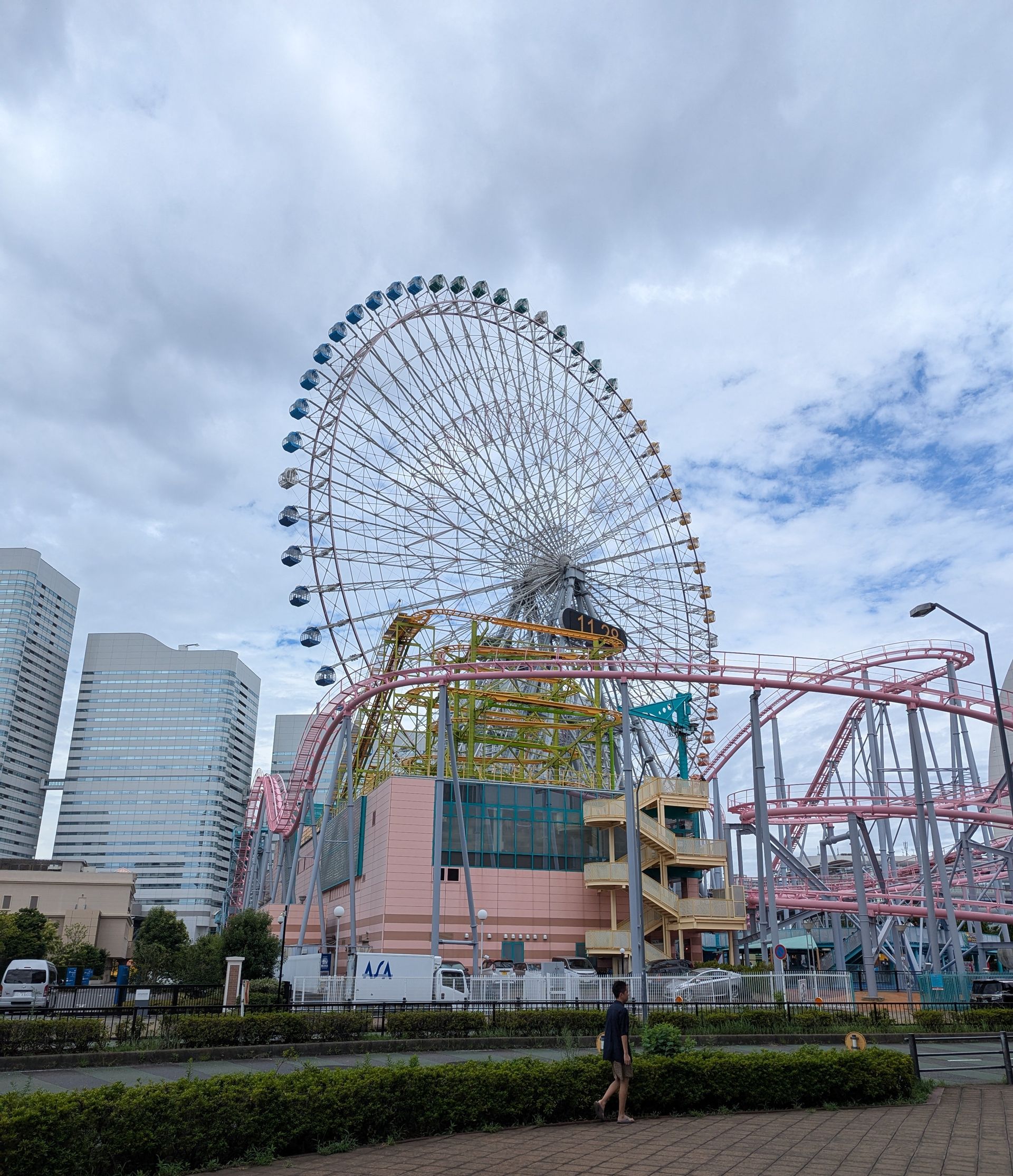
We are underway. We say goodbye to Yokohama and its graceful, determined people.

